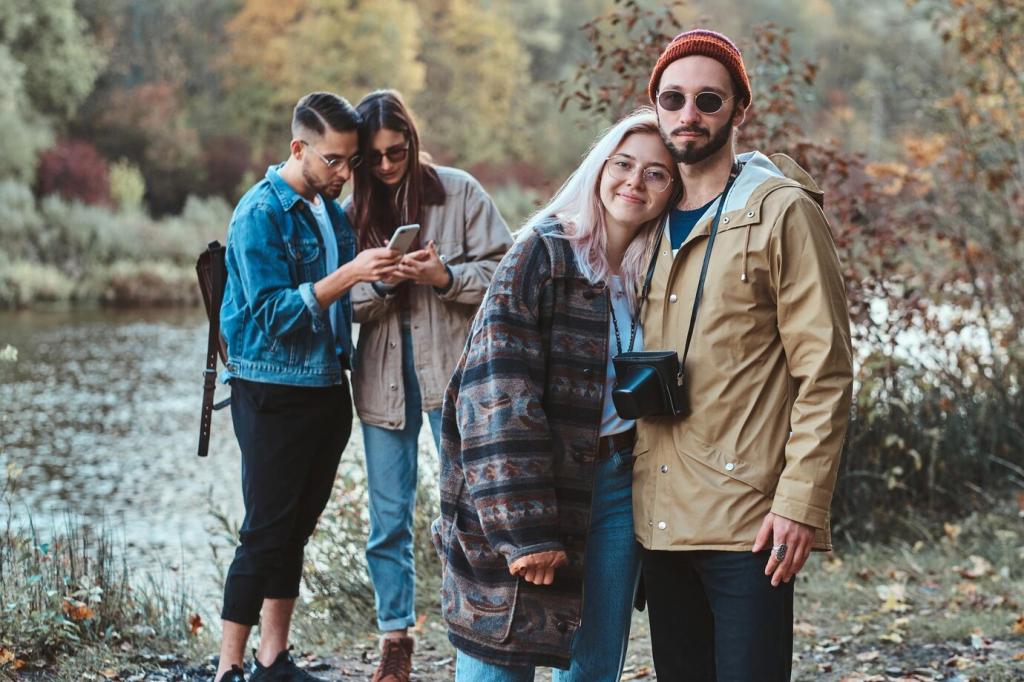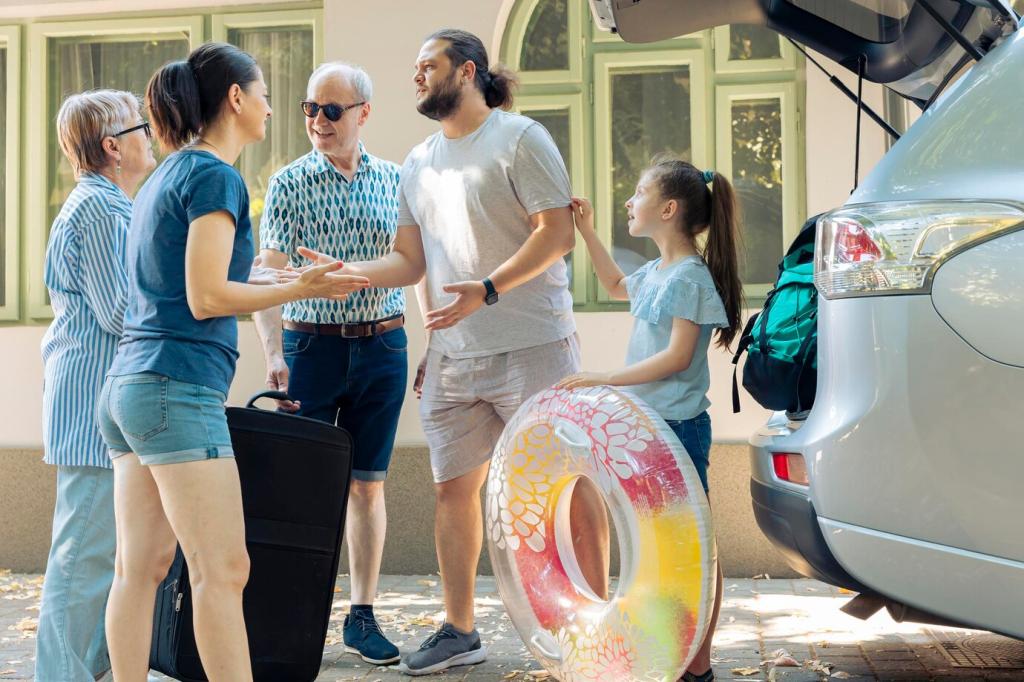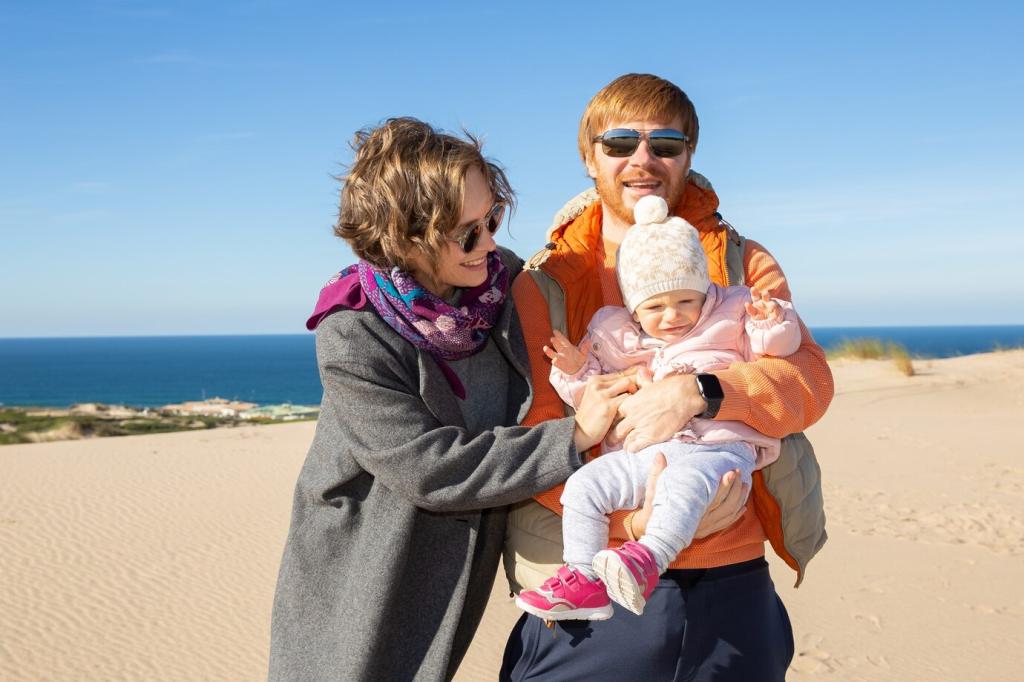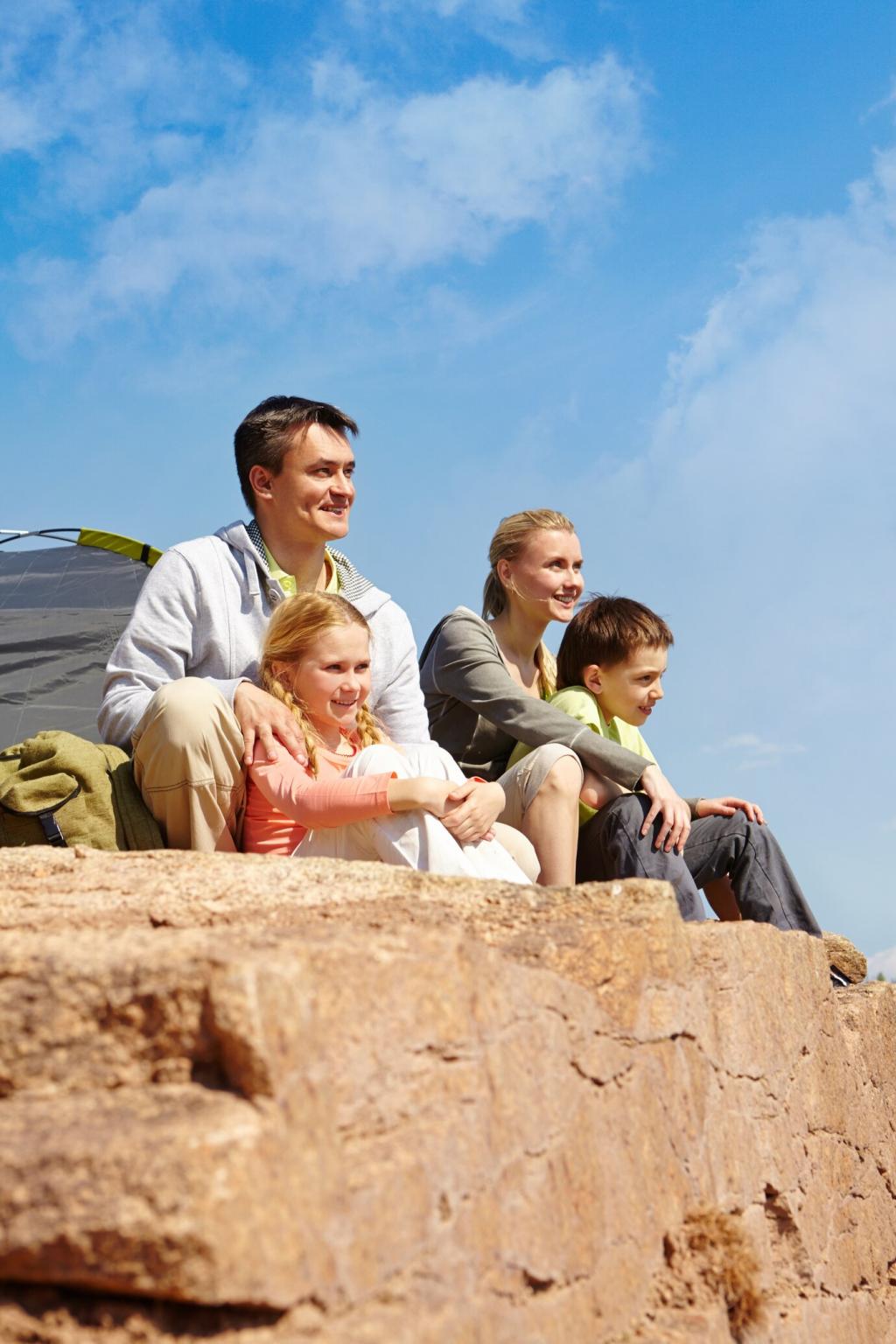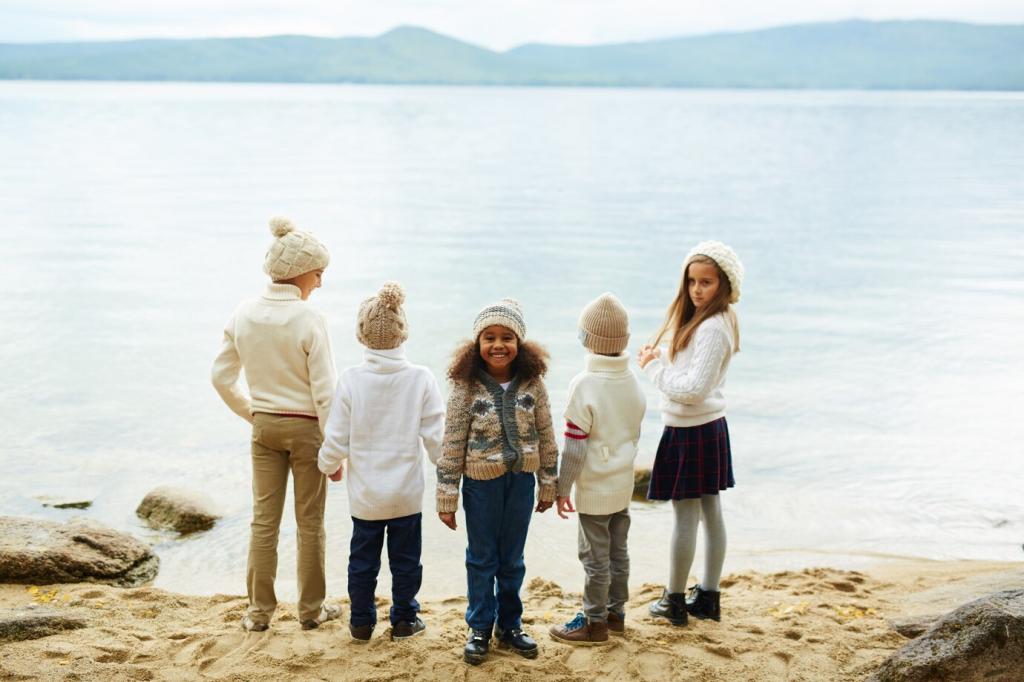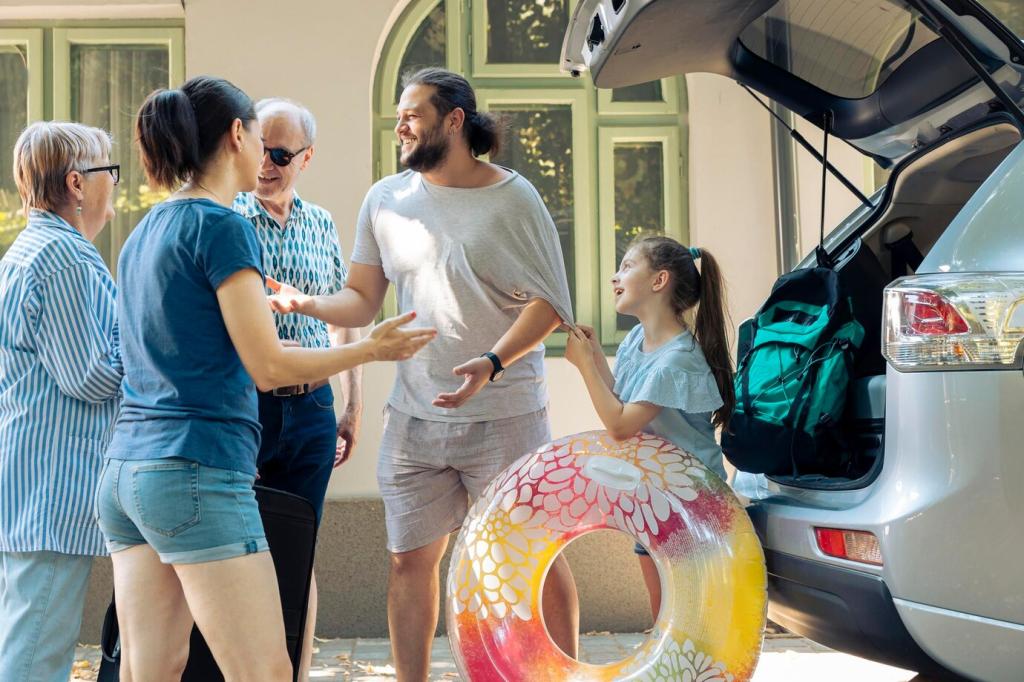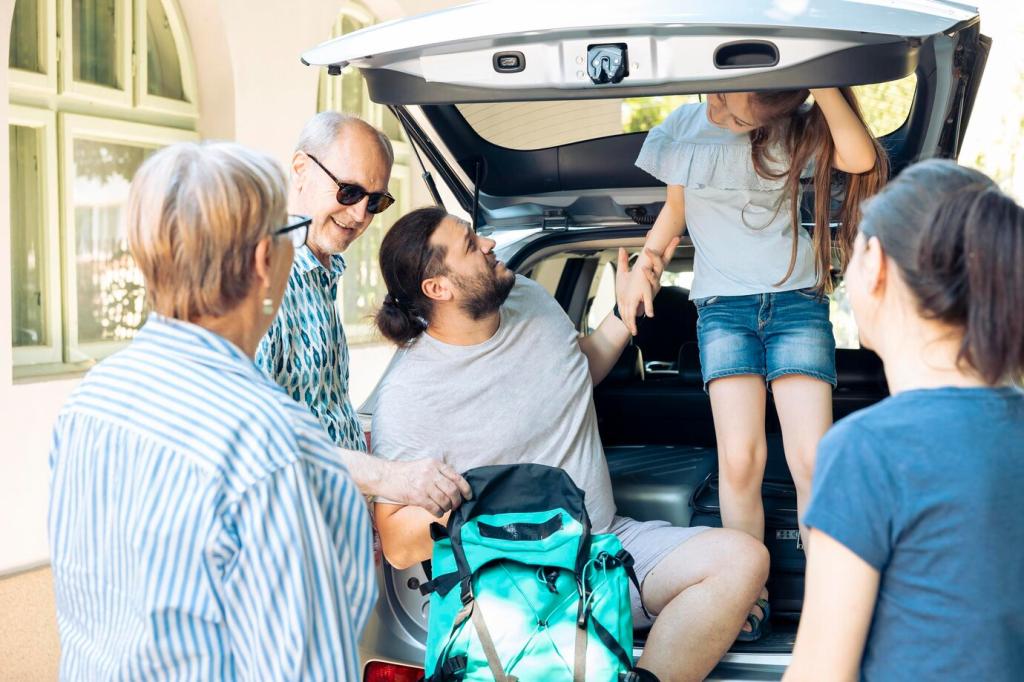Starting at Home: Everyday Immersion Ideas
Pick a country, learn a greeting, then cook a staple recipe while listening to its music. Compare spices, textures, and stories behind the dish. Invite kids to design a stamp for your family’s “kitchen passport,” and share your creation with us by commenting with photos and reflections.
Starting at Home: Everyday Immersion Ideas
Rotate folktales from different regions. Pair reading with simple artifacts like fabrics, coins, or instruments. Encourage children to retell the story using puppets or drawings. Adults can journal about themes that resonate today. Tell us which tale opened a new window for your family.

